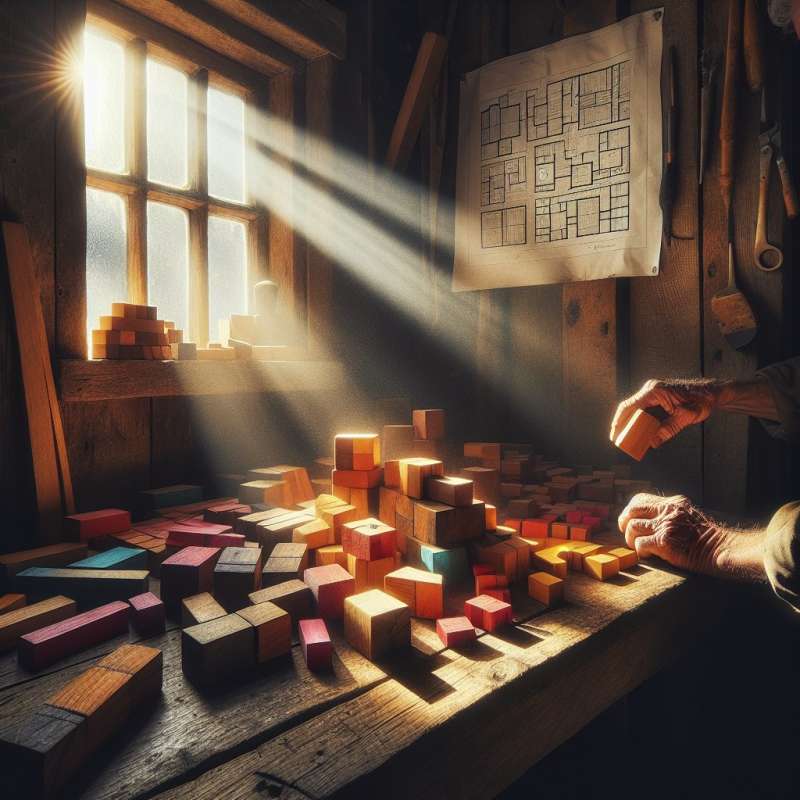
Lego's Humble Beginnings
Founded in 1932, Lego started as a small carpenter's workshop in Denmark. It wasn't until 1958 that the iconic interlocking bricks were patented, transforming Lego into a global phenomenon.
Materials and Sustainability
Lego bricks were originally made from cellulose acetate but switched to durable acrylonitrile butadiene styrene (ABS) in 1963. Today, Lego aims to produce all bricks sustainably by 2030, using bio-based or recycled materials.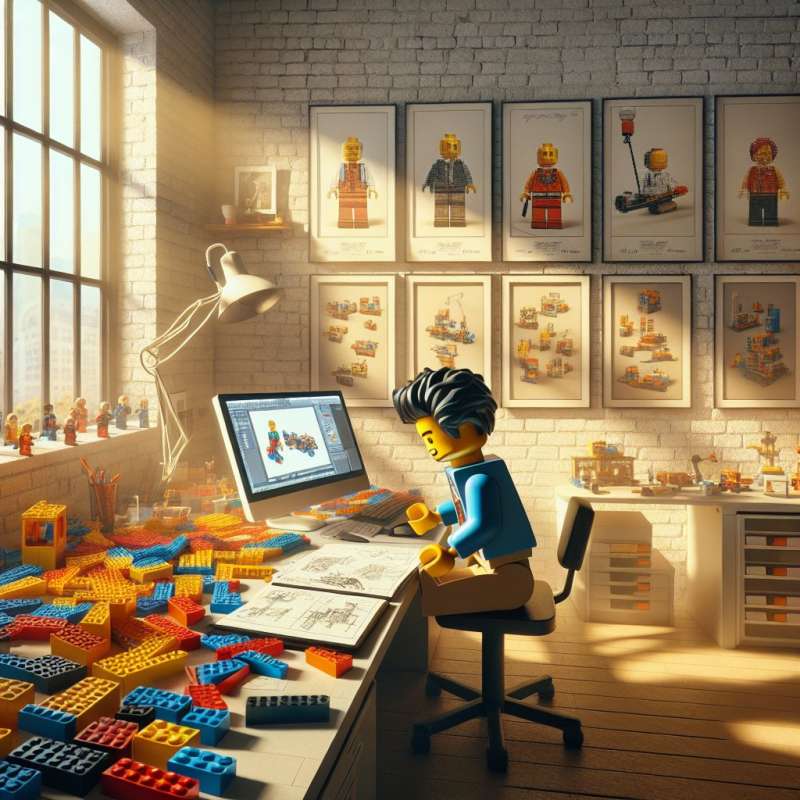
The Lego Design Process
Creating a new Lego set can take years, with a meticulous design process involving sketching, prototyping, and testing. Designers often use specialized software to model and refine their creations.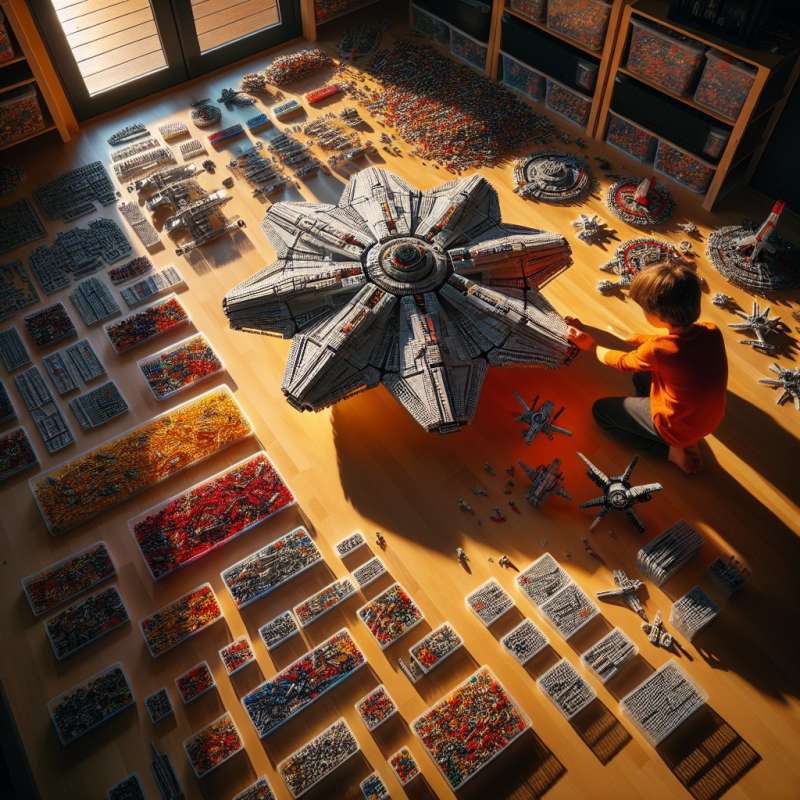
Lego Sets Complexity Growth
The complexity of Lego sets has increased over time. The largest set ever, the Millennium Falcon, has 7,541 pieces. Each year, Lego manufactures billions of bricks, in more than 60 colors.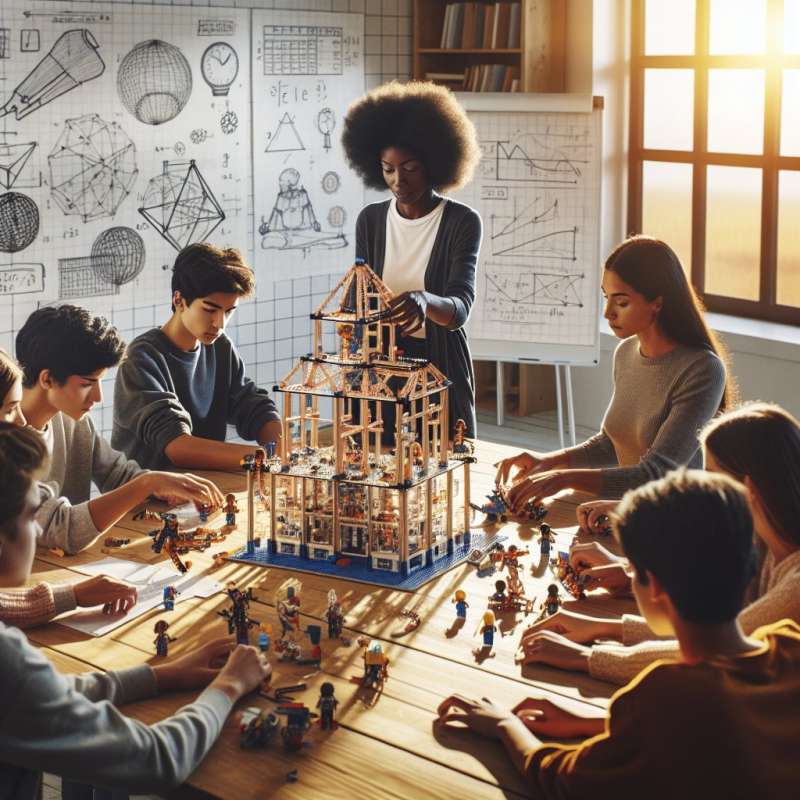
Educational Impact of Lego
Lego is lauded for its educational benefits, enhancing creativity, fine motor skills, and spatial awareness. It's used in classrooms for teaching STEM concepts and even at universities for prototyping.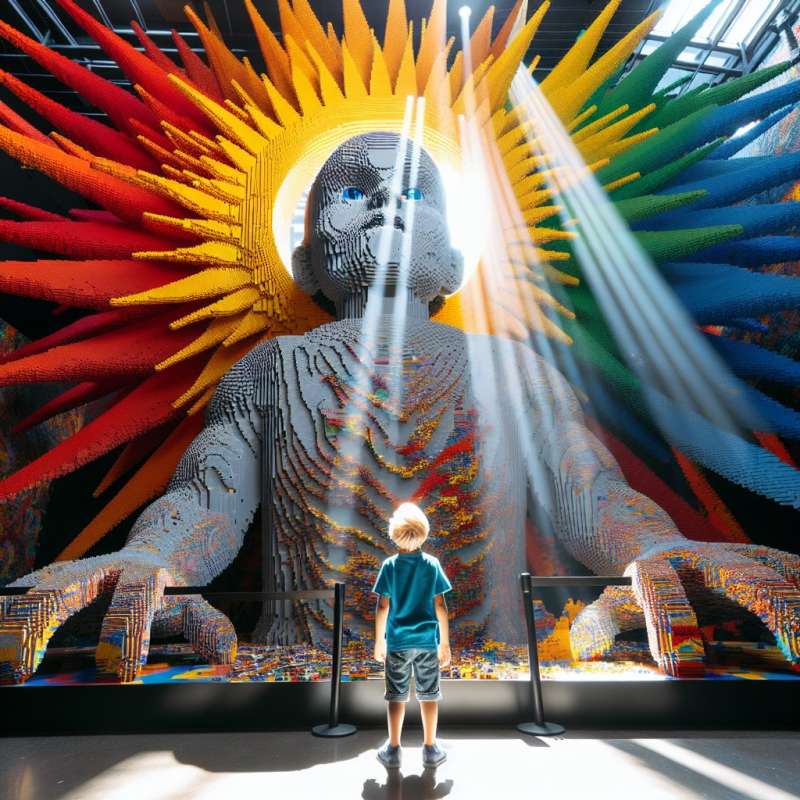
Lego's Record-Breaking Stats
The tallest Lego tower is 35.05 meters high, constructed from over 550,000 bricks. Meanwhile, 'Art of the Brick', an exhibition by artist Nathan Sawaya, showcases large-scale sculptures made entirely from Lego.
Lego in Popular Culture
Lego's cultural impact includes movies, video games, competitions, and theme parks. The Lego Mini-figure, with over 4 billion produced, is one of the world's most popular toys.
When were Lego bricks patented?
1932, the year Lego was founded
1958, the iconic bricks' patent year
1963, when ABS was introduced
Company